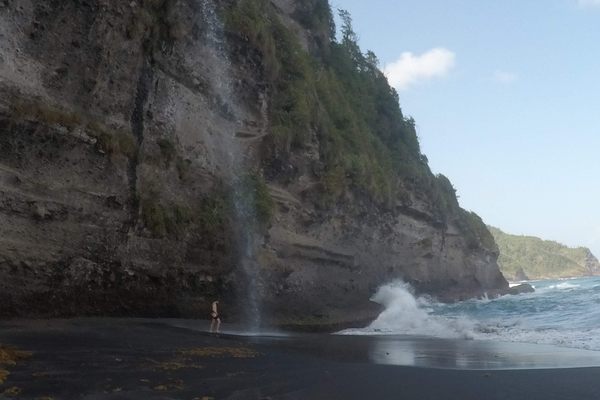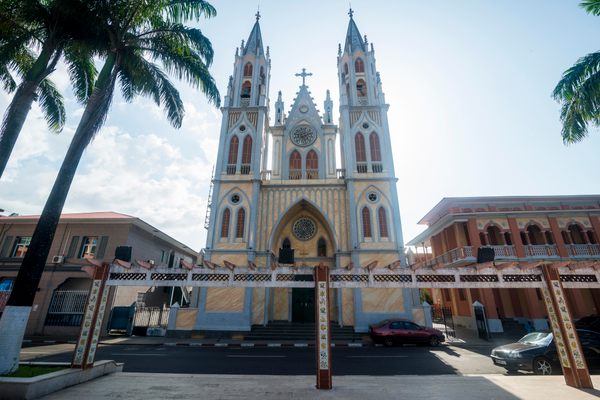AO Edited
Jacko Steps
This historic hiding place, often used by people escaping slavery, is a testament to a heroic struggle for freedom.
Like many islands in the Caribbean, Dominica has a dark history concerning slavery but also bears testimony to the valiant fight of oppressed people for liberty. Jacko Steps marks the location of a camp formed by the eponymous Jacko, who in the mid-18th century escaped from Beaubois Estate after he was taken from his home in Africa by European enslavers. After settling a plateau in Dominica’s inland jungle, the place soon became a refuge for other people escaping slavery—who were known as “maroons”—as well as a center for organized resistance against oppression.
For decades, Jacko and his fellow maroons fought successfully against the colonial troops, employing guerilla-style tactics and often taking their enemies by surprise. They continued on until their camp was discovered during an offensive by then-governor George Robert Ainslie in 1814, which led to the death of Jacko and many of his followers and the destruction of the camp.
Today the place is a poignant reminder of the bloody colonial history, as well as the maroons’ fight against the brutal practice of slavery. From the 17th to 19th centuries, some five million enslaved men and women were taken from Africa to the Caribbean. Only one historical marker of the camp remains: A series of massive steps, cut into the rock by Jacko and his people leads down to the river and provided an alternate route to access—or escape—the camp.
Apart from these steps, barely any physical evidence of the settlement remains. And still, as soon as one stands in the middle of the plateau surrounded by the thick, verdant jungle, the history of the place seems to invade one’s pores. With a little imagination, you begin to see the camp and its inhabitants around you.
Know Before You Go
Getting to Jacko’s Steps involves a hike through the jungle starting close to the roundabout in Pont Cassé on the road leading to Marigot. After reaching the plateau, you can either turn around to go back the way you came or, if you’re adventurous and fit, continue down the slippery steps to the Layou River, through which you can hike back to the road. If you choose the latter option, be careful, as it involves hiking through sometimes knee-deep water and the current can be strong.
















Follow us on Twitter to get the latest on the world's hidden wonders.
Like us on Facebook to get the latest on the world's hidden wonders.
Follow us on Twitter Like us on Facebook